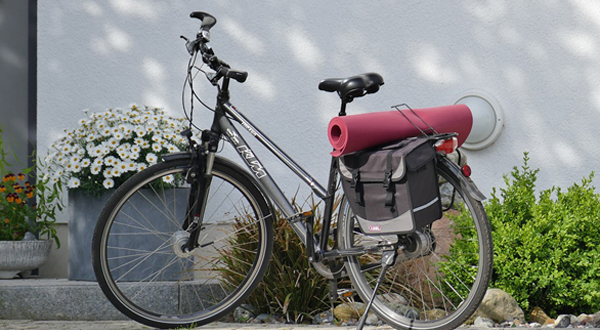If you want to modify your electric-assist bicycle, how do you look at the battery parameters?
If the motor is the soul of an electric-assist bicycle, then the battery is its blood. As the energy source for the motor, the bike conversion kit with battery provides power for the electric-assist bicycle to operate smoothly. Factors such as battery capacity, range, voltage, lifespan, cycle life, internal resistance, charging time, and weight have a crucial impact on the performance and user experience of an electric-assist bicycle. 
Most electric-assist bicycles on the market currently use lithium-ion batteries. When choosing a battery for an electric-assist bicycle, it is important to focus on parameters such as battery capacity, range, voltage, lifespan, cycle life, internal resistance, charging time, and weight.
Electric bike wheel kit with battery capacity refers to how much electrical energy the battery can store. Battery capacity is measured in ampere-hours (Ah), and battery capacity (Ah) multiplied by battery voltage (V) equals the battery's energy (Wh). Watt-hours (Wh) represent the total energy of the battery. The larger the electric bicycle kit with battery capacity, the more electrical energy the battery can store, and the longer the battery's range. Generally, a capacity between 8Ah and 18Ah is required to store sufficient energy and extend the battery's range. The voltage typically ranges from 36 to 48 volts to ensure stability and safety during the battery's usage.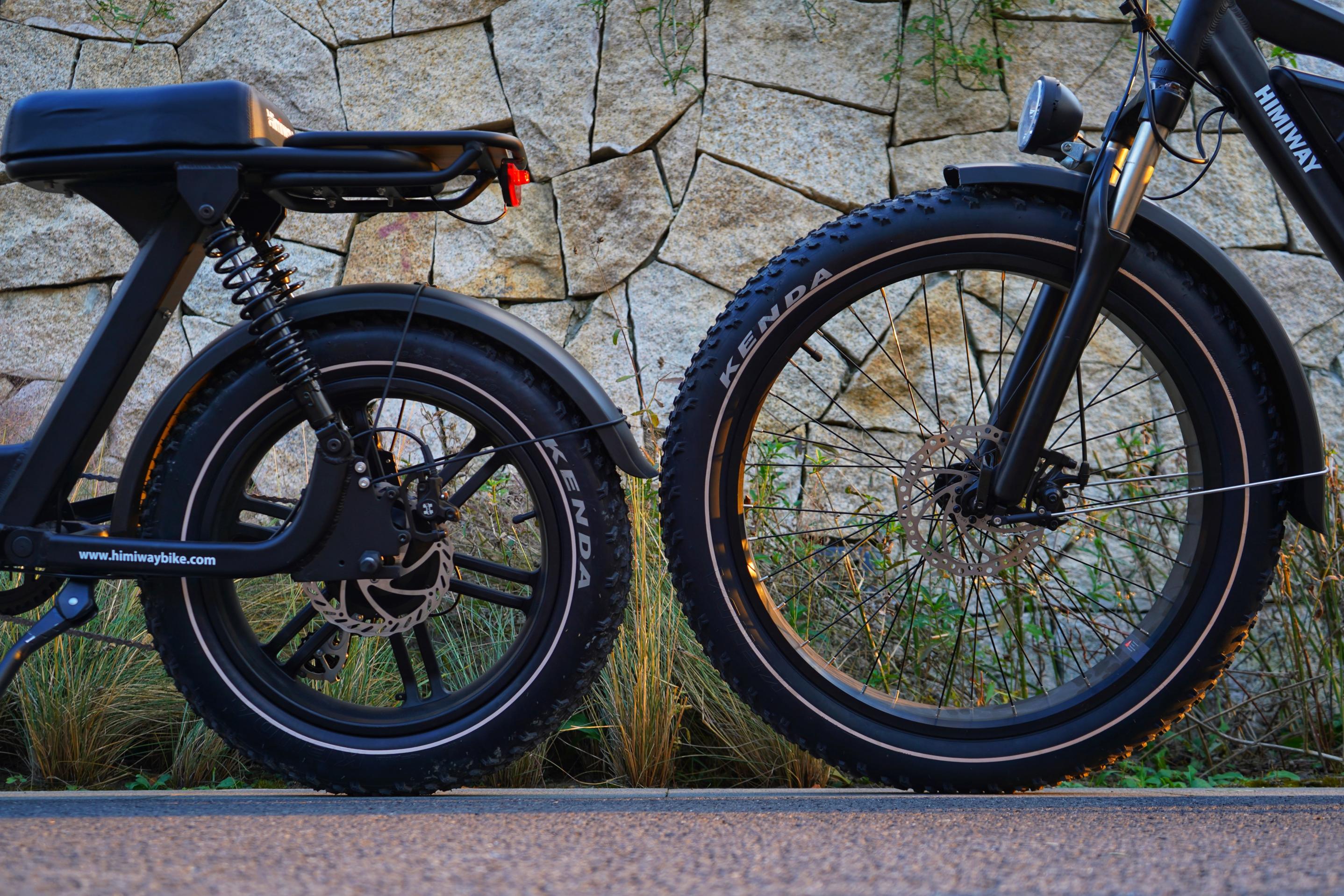
Another important aspect is the lifespan and cycle life. Lifespan represents the length of time a battery can function properly. A longer lifespan means a lower frequency of battery replacement. Cycle life indicates how much capacity the battery can retain after multiple charge-discharge cycles. A longer cycle life results in a longer battery lifespan. The ebikeling battery should generally undergo 500 to 1000 charge-discharge cycles to ensure optimal performance and lifespan. Additionally, the internal resistance, which is the initial voltage drop of the battery after charge-discharge cycles, should be minimal for better battery performance. Typically, the internal resistance is around 12 to 50 milliohms. Furthermore, it is important for the battery to have comprehensive intelligent protection functions, such as overcurrent protection, overvoltage protection, and overheating protection, to ensure battery safety.-e14602fa98a04235bb2e3682c5efabb2.jpg)
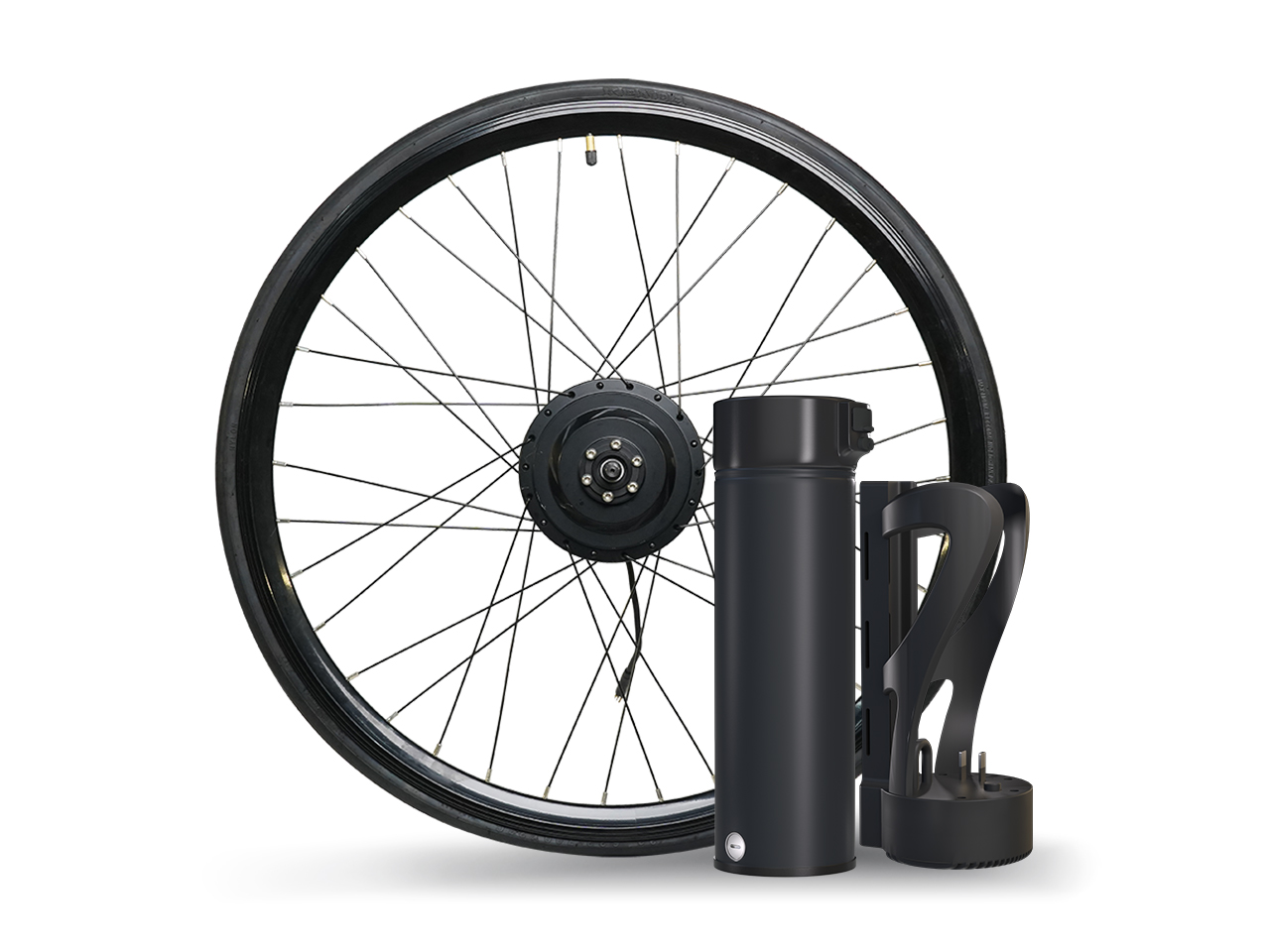
The cycle hub motor kit with battery used in all series of LVBU products are 18650 automotive-grade power lithium-ion batteries. Compared to other lithium batteries on the market, they have higher capacity, with a single cell capacity of up to 3000 milliampere-hours, and lower internal resistance, as low as 18 milliohms. Different series of ebike conversion with battery packs have different numbers of battery cells and capacities, ranging from 3Ah to 18Ah, to meet various riding needs for electric-assist range in daily life. For example, the long-range cargo-rack model BZ60D series battery consists of a battery pack composed of 60 18650 lithium batteries. The battery voltage is 36V, the capacity is 18Ah, and the total energy reaches 648Wh, providing an electric-assist range of up to 180km. Testing has shown that the battery still retains 75% of its capacity after 800-1000 charge-discharge cycles, with a lifespan of 5-10 years. Moreover, the battery is equipped with a self-developed BMS battery protection system, which includes protections against overcharging, over-discharging, overcurrent, temperature, short circuit, and battery balancing, ensuring the safety of the cycle kit with battery.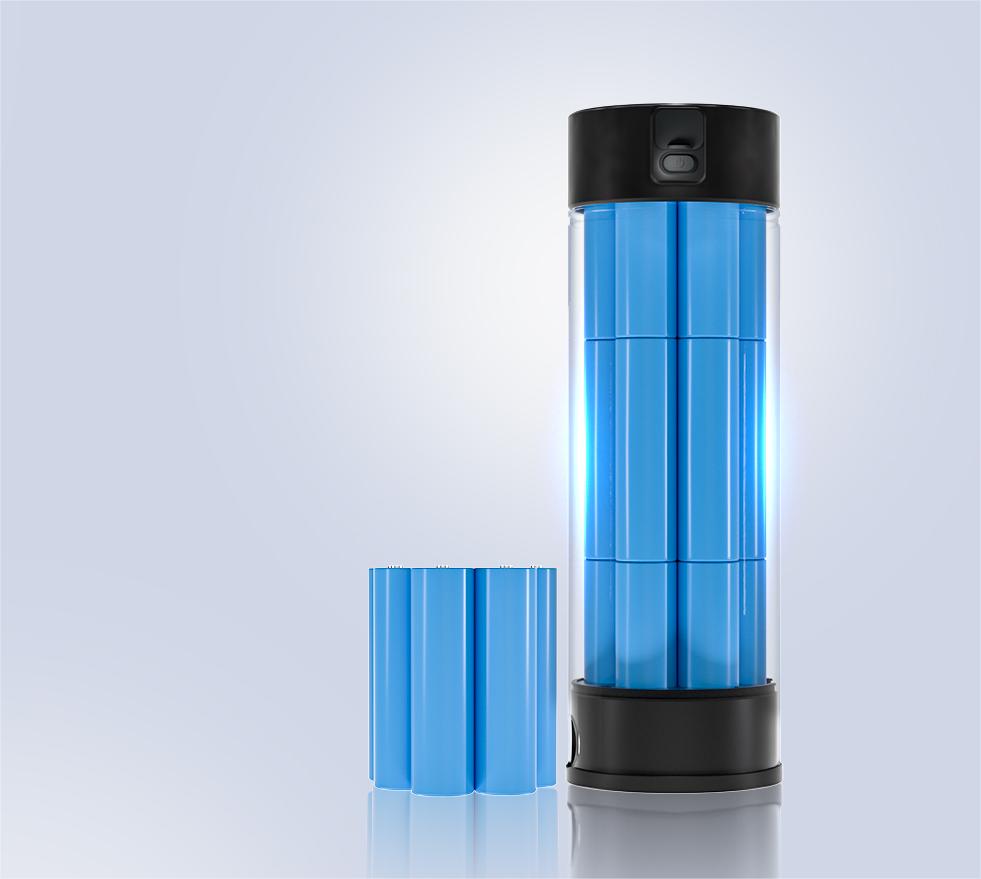

In fact, the "battery" we commonly see in our daily lives is actually just the outer shell of the battery pack. Inside the battery pack, there are densely arranged battery modules and a battery management system. The battery cell is the smallest unit of the battery and a crucial part determining the battery's performance. Here is a demonstration of the internal structure of the LVBU battery, where these are the battery cells that form the battery pack. The battery also includes a battery protection system. LVBU has put effort into the design of the battery's appearance, offering different series such as water-bottle batteries, frame-mounted batteries, cargo-rack batteries, and integrated wheel batteries. Not only are they visually appealing and integrate well with bicycles, they are also easy to install, reducing the time and technical cost of modification and upgrade. This makes them particularly friendly to riders who want to experience the modification process but have limited DIY capabilities.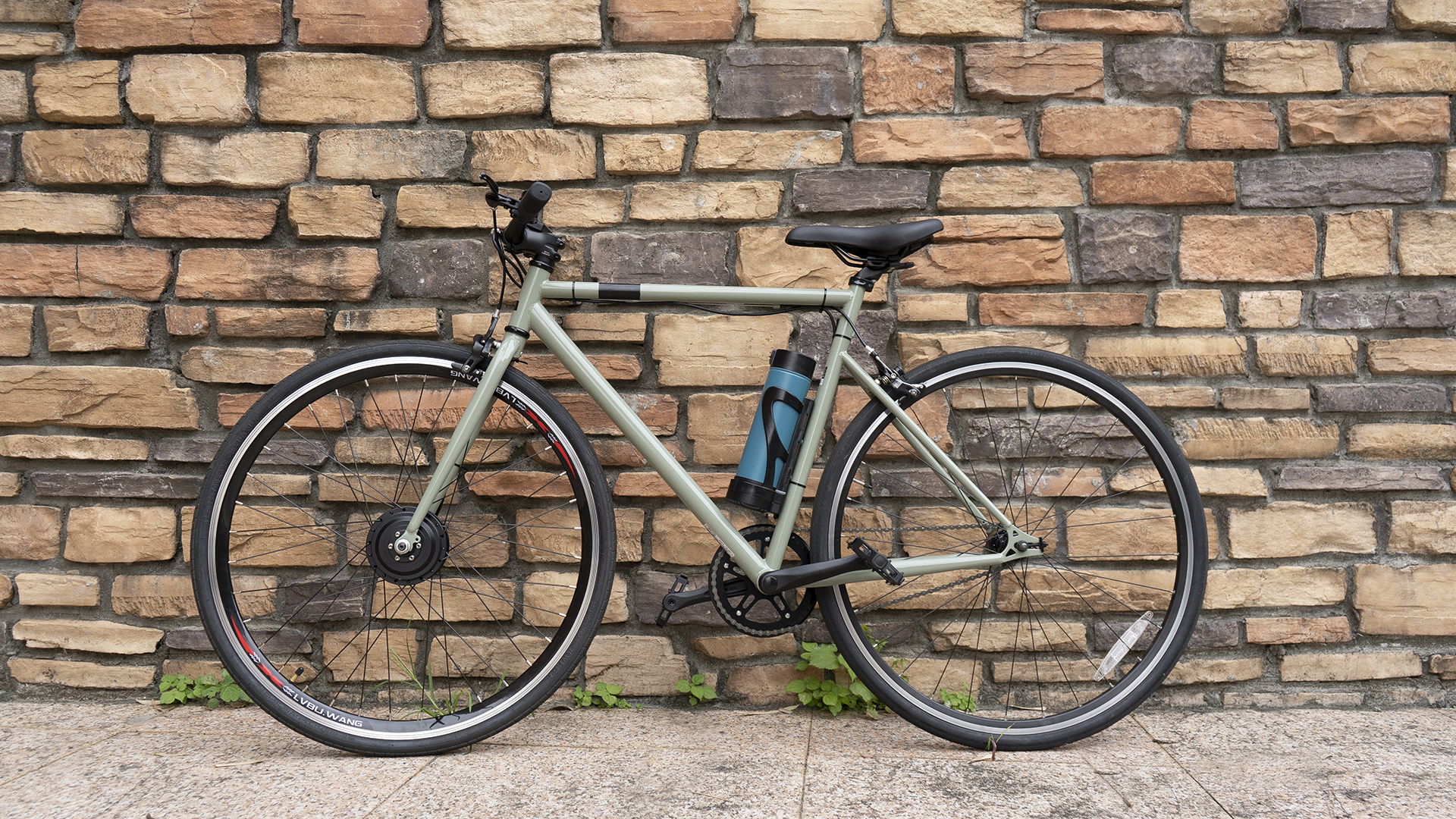
In summary, the parameters and quality of the battery powered bicycle motor. When choosing an electric-assist battery, pay attention to the aforementioned parameters and select a reliable product. LVBU batteries adopt high-quality materials and manufacturing processes, resulting in strong overall range performance and excellent performance. If you're considering modifying your electric-assist bicycle, you might want to give LVBU batteries a try!
- slideshare https://www.slideshare.net/MAXSUNElectricbikeki/if-you-want-to-modify-your-electricassist-bicycle-how-do-you-look-at-the-battery-parameters
- medium https://medium.com/@maxsun_56088/if-you-want-to-modify-your-electric-assist-bicycle-how-do-you-look-at-the-battery-parameters-a8f90a67d2f4
- Reddit https://www.reddit.com/user/lvbu_tech/comments/16lkf9p/if_you_want_to_modify_your_electricassist_bicycle/?utm_source=share&utm_medium=web2x&context=3
- linkedin https://www.linkedin.com/posts/electricbikekit-lvbuutech_whatsapp-email-whatsapp-activity-7109374118545776640-HYii?utm_source=share&utm_medium=member_desktop
- quora https://qr.ae/pKXpvJ




